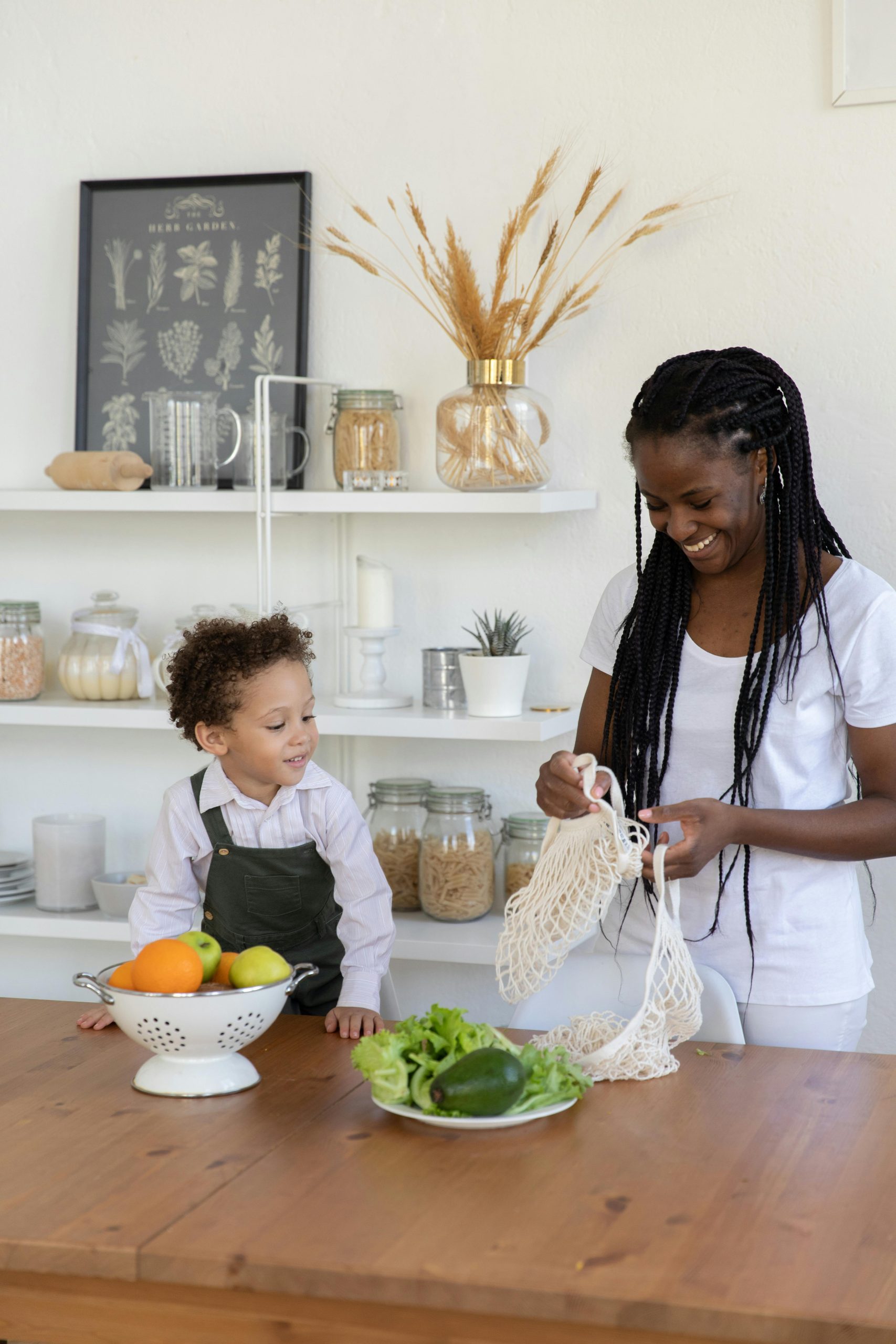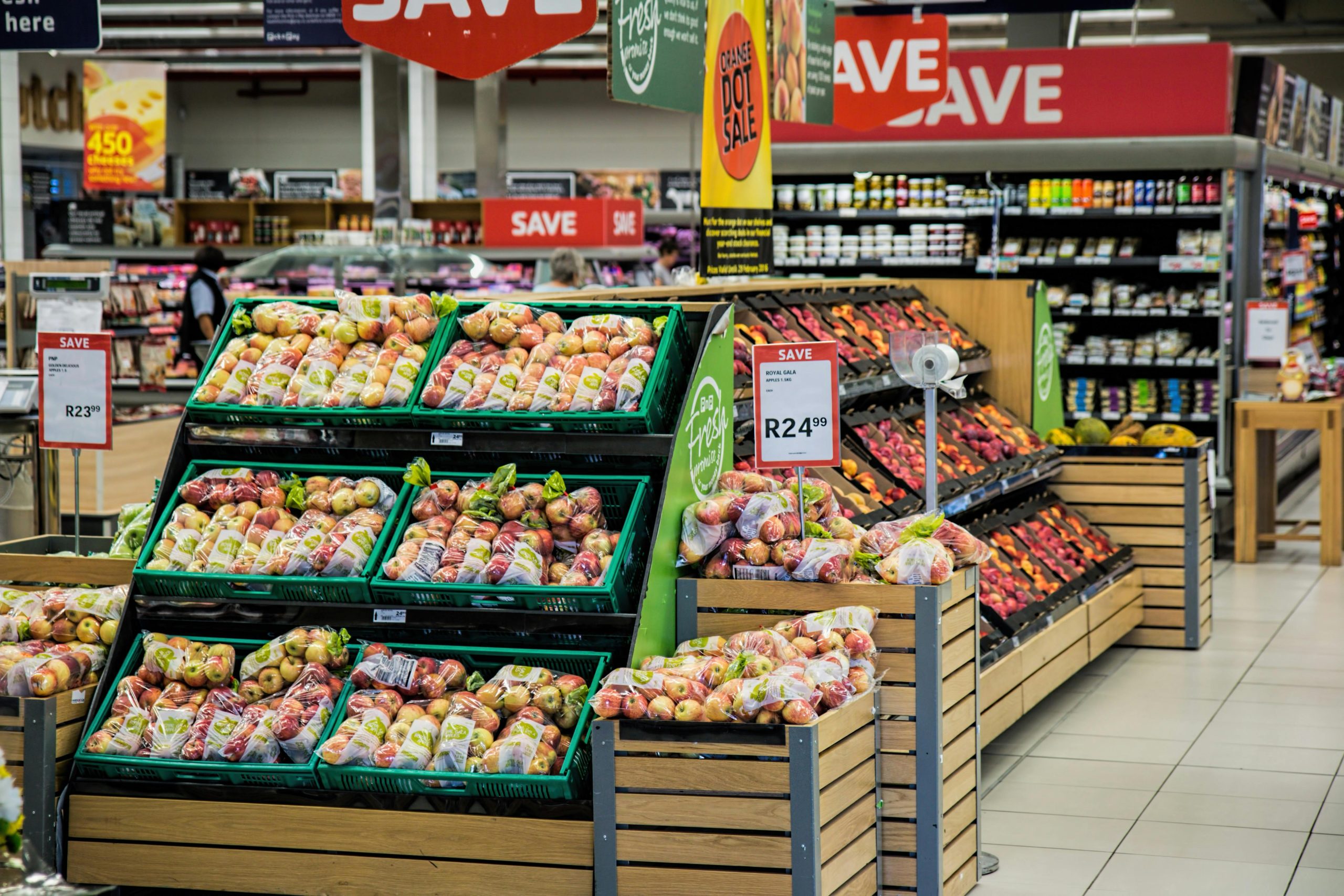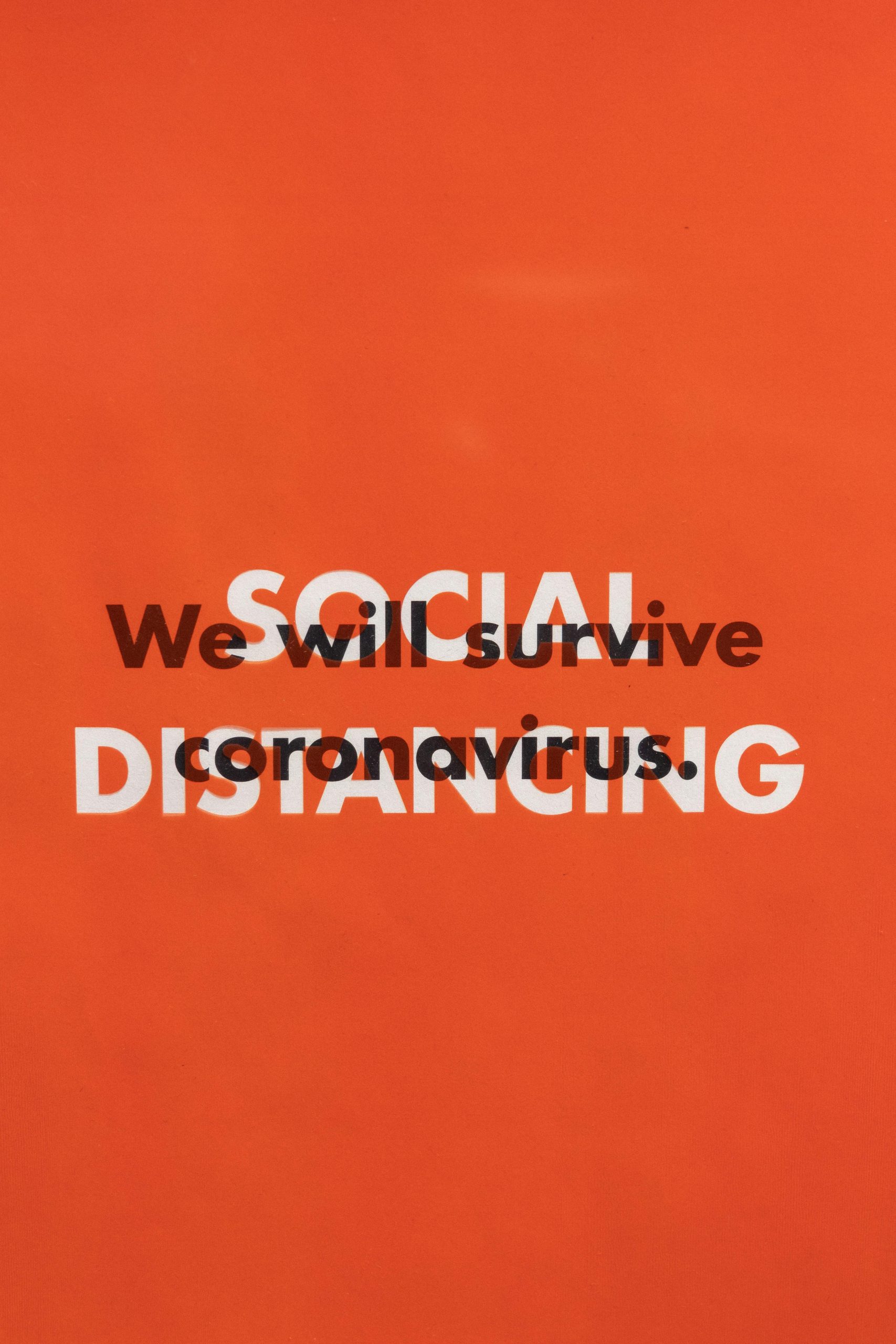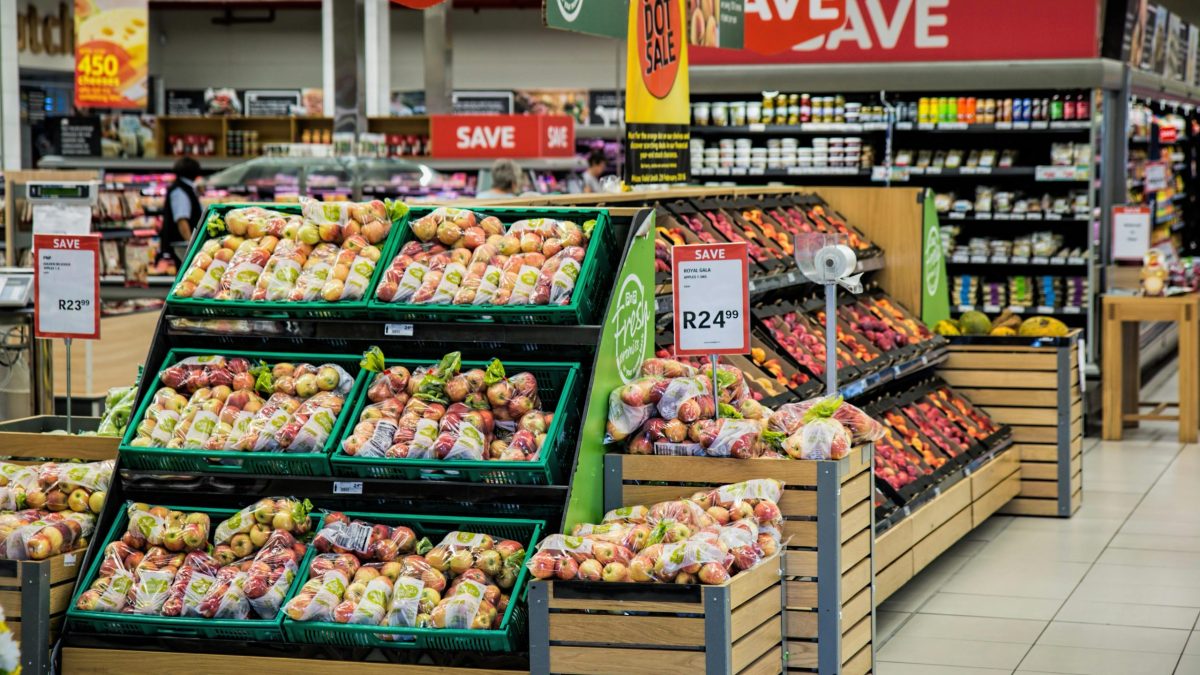A Children’s Introduction to Sustainability

Understanding sustainability is like to opening a door to a more livable Earth. It’s about realizing how the planet will look to future generations as a result of our activities now. Early instruction in sustainability sows the seeds for a lifetime of conscientious living. Because of their natural curiosity and flexibility, children are well-suited to learn these concepts. Early integration of sustainability education benefits our children as well as laying the groundwork for a more resilient Earth. Their decision-making abilities are strengthened by this fundamental information, which also cultivates a strong sense of environmental respect. These young environmentalists will set the standard for sustainable living as they mature, guaranteeing a better, more environmentally friendly future for everybody.
Building Sustainability Into Everyday Activities

Creating a Family Tradition of Recycling
- Transforming recycling into a family activity is a fantastic approach to promote the concept of sustainability in children. Establish a special recycling station in your house first.
- Make it entertaining by labelling containers with colourful graphics or stickers, showing what goes where. This graphic assistance not only simplifies the process but also makes it fascinating for kids.
- Regularly involve children in sorting recyclables, encouraging the habit through positive reinforcement. It’s a simple move that substantially impacts our planet’s health.
Conserving Water and Electricity through Simple Practices
- Encourage short showers and turning off taps while brushing teeth.
- Highlight the necessity of switching off lights and unplugging devices when not in use.
- These efforts, however tiny, cumulatively contribute to huge savings in resources and energy. It’s about making thoughtful choices that, over time, become second nature.
Encouraging Sustainable Transportation Options
- Opting for sustainable transportation is a strong method to lessen our environmental footprint.
- Encourage walking, cycling, or using public transport for short excursions. It’s not only healthy for the environment but also promotes physical health and well-being.
- For longer journeys, consider carpooling or choosing vehicles with reduced emissions. By adopting these choices, we teach our children the value of considering the environment in our daily decisions, paving the road for a more sustainable future.
Integrating these principles into daily life builds a strong foundation for sustainable existence. It’s about generating a rhythm that harmonises with our planet’s needs. Through these efforts, we’re not simply teaching children about sustainability; we’re empowering them to embody it.
Engaging with Nature: A Pathway to Sustainability

The Role of Outdoor Activities in Fostering an Appreciation for the Environment
- Outdoor activities are not just pleasant; they’re doorways to a greater awareness of our planet. By encouraging youngsters to experience the great outdoors, we’re exposing their eyes to the beauty and fragility of the ecosystem.
- A simple walk in the park can generate conversations about biodiversity, while a day at the beach can highlight the need of marine conservation. These encounters develop a personal connection with nature, making the concept of sustainability more concrete and meaningful.
Planting a Garden: A Hands-on Approach to Learning About Ecosystems
- Getting your hands dirty can be immensely enjoyable, especially when it entails planting a garden. This exercise is a practical, entertaining approach to teach children about ecosystems, plant life cycles, and the necessity of pollinators.
- As they see their garden grow, youngsters learn essential lessons about patience, responsibility, and the interdependence of life. Plus, collecting their own fruits and veggies can encourage a lifelong appreciation for healthy, sustainable eating.
Organising Family Outings to Parks and Nature Reserves
- Family visits to parks and nature reserves are more than simply leisure activities; they’re opportunities to impart a feeling of awe and respect for the natural world.
- These outings may be informative, too, with many parks offering guided tours, wildlife spotting, and interactive exhibits. By experiencing the diversity of natural ecosystems firsthand, children get a broader perspective on environmental conservation, learning why some regions require protection and how they may help to these efforts.
Integrating these nature-based activities into everyday routines teaches youngsters to see sustainability not as a chore, but as a way of life. It’s about cultivating a deep-rooted appreciation for the environment, which in turn, drives them to adopt sustainable activities. As they grow, these experiences build the cornerstone of their environmental stewardship, ensuring they’re ready to make informed, eco-friendly decisions. By establishing this connection with nature early on, we’re not only teaching kids about sustainability; we’re empowering them to be active participants in defending our planet.
For more information on how to engage with nature and its advantages, see the Australian Government Department of Agriculture, Water and the Environment webpage. It offers tools and suggestions for families wishing to enjoy Australia’s natural beauty and learn about conservation efforts.
Eco-Friendly Products and Consumer Choices

Understanding the Impact of Product Life Cycles
Every product goes through a life cycle – from production to disposal. Teaching youngsters about these stages helps them appreciate the environmental footprint of their choices. It’s vital kids learn how purchasing things with a low impact can contribute to a healthier planet. This knowledge helps students to make eco-friendly decisions, promoting a sustainable mindset from an early age.
Encouraging the Use of Reusable Over Disposable Items
Opting for reusable things versus single-use disposables is a simple yet efficient strategy to safeguard our environment. Encourage youngsters to chose water bottles, lunch boxes, and shopping bags that can be used frequently. Highlighting the benefits of reusables, such as decreasing waste and saving money, might drive them to make sustainable choices. It’s about creating habits that last a lifetime.
Teaching Children to Question and Research Before They Buy
Instilling a spirit of curiosity and critical thinking in children is crucial. Encourage kids to ask questions like, “Do I really need this?”, “What is it made of?”, and “How is it created?”. Teaching kids to study products and companies that value sustainability can guide their shopping choices. This method not only nurtures informed young customers but also helps firms that are doing good for our world.
By incorporating these ideas into our daily lives, we’re not only teaching children about sustainability; we’re arming them with the means to make a difference. It’s about establishing a future where eco-friendly choices are the norm, preserving a thriving planet for generations to come. Let’s lead by example, telling our youngsters that every action counts.
Community Involvement and Global Awareness: Pillars of Sustainability Education

Participating in Local Environmental Initiatives and Clean-ups
- Joining local environmental activities offers a hands-on approach to sustainability.
- It’s a chance for students to get engaged in community clean-ups, tree planting, or conservation projects.
- Such activities not only contribute to a cleaner, greener environment but also develop a sense of responsibility and teamwork.
- Witnessing the actual consequence of their actions, youngsters learn that every attempt counts.
Learning about Global Sustainability Challenges and Solutions
- Understanding global sustainability concerns broadens children’s horizons.
- It’s about showing kids the wider picture – how linked our world is and the part we play in it.
- Discussing themes like climate change, renewable energy, and water scarcity can excite interest and inspire inventive ideas.
- Encouraging youngsters to seek solutions tells them that change is possible and that they can be part of it.
Encouraging Empathy and Action for Global Environmental Issues
- Empathy is at the heart of sustainability.
- By learning about environmental challenges experienced by people around the world, students acquire compassion.
- This empathy inspires action.
- Encourage kids to engage in worldwide activities, such as Earth Hour or World Clean-up Day.
- Supporting international conservation activities, either through financing or awareness campaigns, tells them that their actions can have a worldwide impact.
Integrating community involvement and global knowledge into sustainability education is vital. It translates abstract concepts into practical experiences and teachings. By participating in local efforts, comprehending global concerns, and acting with empathy, children become knowledgeable, compassionate, and proactive citizens. This holistic approach ensures that the next generation is equipped to lead the way in establishing a sustainable future for all.
In Conclusion
Sustainability shapes our children’s future. It instills resilience and optimism, guiding children through a world where every choice matters. By embracing sustainable behaviors, children learn the delicate balance between human needs and environmental stewardship, establishing a strong connection with the Earth. This journey not only prepares them for the difficulties ahead but also allows them to lead with empathy and ingenuity. Let’s nurture this green generation, for their actions today will mold the planet of tomorrow.
Tips for Teaching Kids About Sustainability FAQs
Start by explaining sustainability in simple terms, such as how we need to take care of our planet so it can take care of us. Use relatable examples like recycling, saving water, and planting trees to illustrate how their actions can make a difference. Engaging in hands-on activities that benefit the environment can make the concept more tangible and memorable for them.
Incorporate games, crafts, and other interactive activities that focus on sustainability themes, such as creating art from recycled materials or starting a small garden. Educational videos and storybooks about the environment can also capture their interest and imagination. Making these activities a regular part of their routine can help instill sustainable habits in a fun and engaging way.
Observing changes in children’s behavior and attitudes towards the environment is one way to measure the impact of sustainability education. This can include their willingness to engage in sustainable practices, such as recycling or saving water, and their ability to discuss sustainability issues knowledgeably. Surveys or projects that allow kids to express what they’ve learned about sustainability can also provide insights into their understanding and commitment to environmental stewardship.
Schools can integrate sustainability into their curriculum through subjects like science and social studies, and by promoting sustainable practices within the school, such as recycling and energy conservation. They can also organize environmental projects and field trips that offer practical learning experiences. This institutional support reinforces the importance of sustainability and encourages students to adopt eco-friendly habits.
Technology offers interactive and engaging tools such as educational apps, online games, and virtual reality experiences that focus on environmental themes. These resources can make learning about sustainability more accessible and appealing to children by presenting information in a dynamic and interactive way. Additionally, technology can connect kids with global sustainability efforts, helping them see the broader impact of their actions.
Teaching kids about recycling can begin with showing them how to sort waste into different bins for paper, plastics, and organics. Explain the process of recycling and how it helps reduce waste and conserve resources. Encourage them by participating in recycling programs at home or in their community and making it a fun and rewarding activity.
Kids can start with simple practices like turning off lights when not in use, reducing water usage, recycling, and helping with composting kitchen scraps. These small actions teach them about resource conservation and the impact of their daily habits on the environment. Encouraging them to make these practices a part of their daily routine can have a lasting effect on their environmental consciousness.
There are many children’s books and resources that introduce sustainability concepts in an age-appropriate manner, such as “The Lorax” by Dr. Seuss for younger kids and “The Boy Who Harnessed the Wind” by William Kamkwamba for older children. Websites like NASA’s Climate Kids offer educational games and activities. These resources can provide a foundation for discussions about sustainability and inspire kids to think creatively about solving environmental problems.
Sustainability refers to the practice of using resources in a way that meets current needs without compromising the ability of future generations to meet their own needs. Teaching kids about sustainability helps them understand the impact of their actions on the planet and encourages responsible behavior towards the environment. It fosters a sense of stewardship and responsibility for the world they will inherit.
Outdoor play is crucial in teaching children about sustainability as it allows them to directly interact with nature and understand the importance of preserving it. Activities like hiking, gardening, and observing wildlife can foster a deep appreciation for the environment. This hands-on experience with the natural world helps children grasp the real-world implications of sustainable living.

Jasmine Duque-Love is a mother of one and a practicing physiotherapist with a Phd in Physiotherapy

